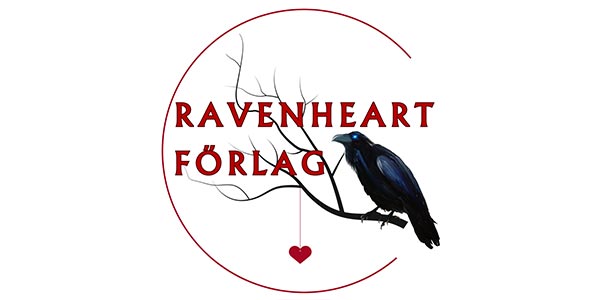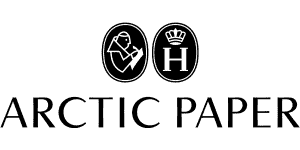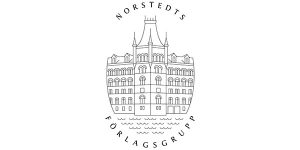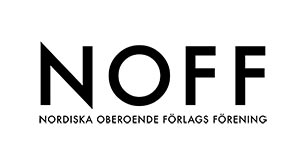
Den romantiska postmodernismen : konstkritiken och det romantiska i 1980- och 1990-talets svenska konst

| Serie | Gothenburg Studies in Art and Architecture |
|---|---|
| Författare | |
| Medverkande | |
| Förlag | Acta Universitatis Gothoburgensis |
| Genre | Litteraturvetenskap |
| Format | Inbunden |
| Språk | Svenska |
| Antal sidor | 450 |
| Vikt | 1317 gr |
| Utgiven | 2008-09-01 |
| SAB | Iaa:kc.58 |
| ISBN | 9789173466196 |
Through a study of the reception that art critique gave the exhibition project Ibid. ( Stockholm 1982 1983 ) and the oeuvres of the artists Ola Billgren, Dick Bengtsson and Max Book, this thesis examines the way art critics dealt with the romantic in Swedish art during the 1980s and 1990s, the time when post-modernism was debated in Swedish cultural life. I reconstruct reviews on art as situated in a cultural field, with Pierre Bourdieu s terminology, where a battle on authority of interpretation is taking place. With focus on the romantic, characterised as an anomaly in post-modernism, it is possible to reveal, not only what the critics disagree on but also the common ground, that discursive horizon which they share. Using Michel Foucault s theory on discourses I study Swedish art criticism in the 1980s and 1990s as a discursive practise. I choose to focus on the romantic for two reasons. Firstly references and allusions to romanticism occur repeatedly in Swedish art during this time. The second reason is that post-modernism has an ambivalent, and therefore, from a discourse-analytical perspective interesting, relation to romanticism. On one hand post-modernism is anti-romantic in distancing itself from a romantic modernism, the latter including the idealisation of the authentic and original, on the other hand, romanticism is repeatedly referred to in post-modernism. Other aspects than those inherited by modernism is then being highlighted. Among them we find the fragment and the romantic irony. Critics influenced by post-modern theory, mainly post-structuralism, like Lars Nittve and Lars O Ericsson, define the art of Billgren, Bengtsson and Book as pictorial deconstructions of romantic notions of the creative self, the transparent sign, the immediate expression. In their eyes, the romanticism of these artists is not authentic but simulated. Billgren, Bengtsson and Book are using a romantic style with irony for the purpose of an immanent criticism of the artistic medium, of signification and subjectivity. Other more existentialist-modernist oriented critics, like Douglas Feuk, Mårten Castenfors and Ingela Lind, remark that stressing the deconstructive aspect of the work of these artists has resulted in a neglect of existential themes. According to these critics Billgren, Bengtsson and Book do not just refer to romanticism but are themselves romantics. The dispute on whether Billgren, Bengtsson and Book are authentic romantics or just using romanticism for another purpose extends beyond these particular artists. It gives us a picture of the positions vis-à-vis post-modernism in Swedish art criticism during the 1980s and 1990s. Romanticism is revealed as the denied other of post-modernism, something extraneous which it defines itself in relation to, besides modernism. However romanticism is also revealed as something internal in post-modernism, impossible to expel. By acknowledging the role played by romanticism in post-modernism, the notion of modernism and post-modernism as absolutely opposed terms is being challenged.























